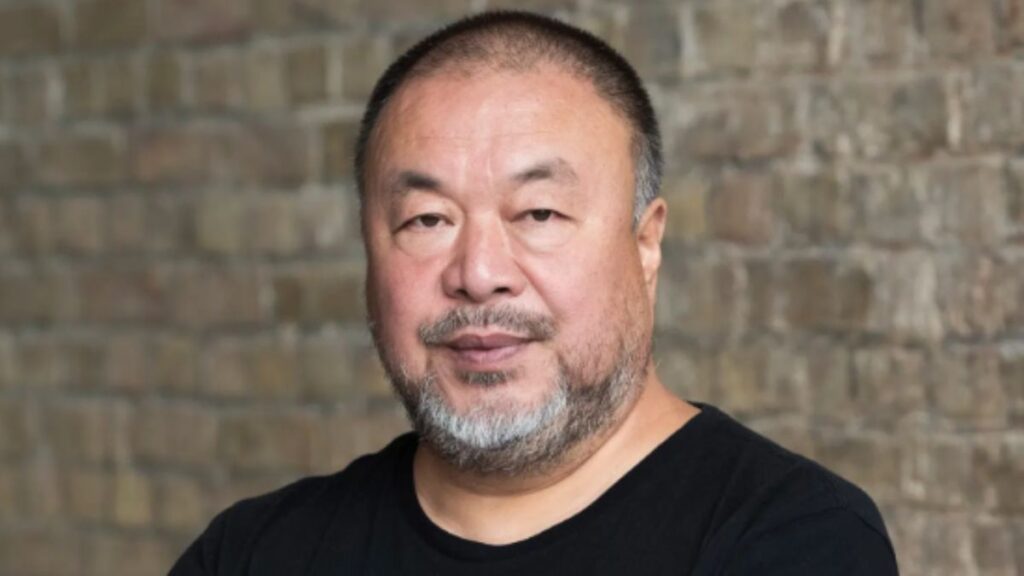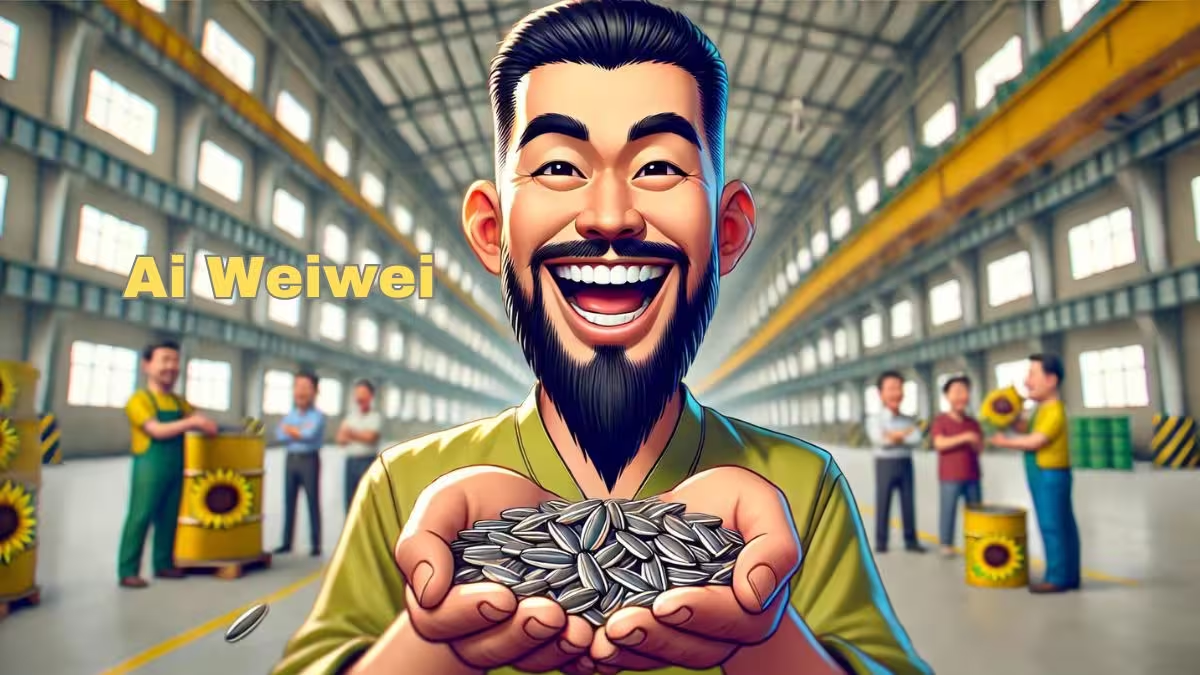A Peek Inside the World of Ai Weiwei
Ai Weiwei was born on August 28, 1957, in Beijing and is not an ordinary artist. An articulate man, he dances at the juncture of art and activism and embeds his political convictions in sculptures, photographs, and public installations. Through his turbulent relationship with the Chinese authorities, Ai has never minced words on his dissidence through art-mostly themed on human rights and democracy.

Artistic Ventures and Political Activism
Imagine walking into a room full of 100 million hand-painted porcelain sunflower seeds, each one representing both historical Chinese craftsmanship and a commentary on modern mass production. This was what Ai did to the Turbine Hall in London’s Tate Modern back in 2010-a profound statement of the ‘Made in China’ phenomenon and the complexities of globalization
Ai’s activism is not just one of large statements placed in galleries but gets personal: he has been surveilled, arrested, and even turned those experiences into art challenging and expressing the intrusiveness of authoritarian oversight. For example, his marble sculpture “Surveillance Camera” turns the lens back to the watchers, capturing well Ai’s ability with the art combined with a punchy narrative of resistance.
Is There an AI in Ai Weiwei?
Now, let’s debunk a fun myth: Does the name Ai Weiwei have anything to do with Artificial Intelligence? Absolutely not. The name ‘Ai’ might phonetically coincide with the English abbreviation ‘AI’, but it stands firmly rooted in his Chinese heritage, having nothing to do with technology or artificial intelligence. The fact that the surname ‘Weiwei’ is a repetition of the Mandarin character for ‘future’ or ‘unseen’ can infuse his identity with a poetic aptitude, fitting better to the visionary approach to art rather than the techy connotations .
Beyond the Name: A Legacy of Provocation and Poetry
Coincidence may have brought a hint of ‘AI’ into the naming of Ai Weiwei, but his contribution to history has little to do with that world of digital algorithms. Indeed, the trajectory of his life’s work is a formidable narrative arc, one always bending toward challenging the status quo and fighting for a better society in the universal language of art. Continuing to live outside of China, his art still speaks volumes of his enduring commitment to social commentary and political engagement.

